The Semana Santa Marinera
Valencia doesn’t get a lot of time to recover from Fallas before the next big holiday rears its pointy head. Easter Week is celebrated throughout the city, but the main events happen in the city’s beachfront districts. The Semana Santa Marinera fills the streets of Cabanyal with processions, Jesus statues, flying flowers, marching bands, and brotherhoods in scary hoods.
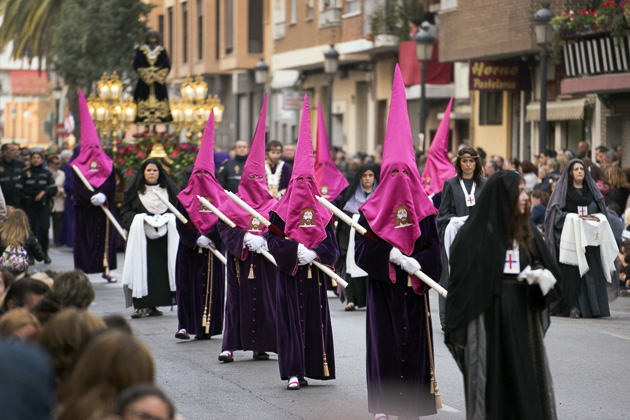
Semana Santa is probably my least favorite holiday of the year. That sounds harsh, but let me explain. First of all, it arrives immediately after Fallas, a party from which we still haven’t recovered. We’re just starting to get back into a normal routine, and then, whoops… Jesus has to go and get crucified. Once again, stores and restaurants are closed, nothing works, and half the city leaves for the long weekend.
And Easter celebrations simply can’t compare with those of Fallas. A week ago, it was fire parades, mascletàs, and giant burning monuments! Now we’re supposed to stand around, clapping at slow-moving herds of mournful old women dressed in black? And we have to go all the way to Malvarossa to see any of it? Please!
So I’m in a petulant mood by the time we leave the house. Whining about the stupid stores being closed, the stupid bike ride out to the beach, the stupid parades we’re about to suffer through. I’m being a jerk, and I know it. Then we get there, grab a couple beers, and occupy spots on the curb. The sun is strong, and feels good… I won’t admit it yet, but this is a lot better than sitting at home on the computer. The parade starts and, although it’s not crazy or exciting, it’s nice all the same. The streets are packed with people, and we start chatting with those around us. Before I know it, I’m having fun.
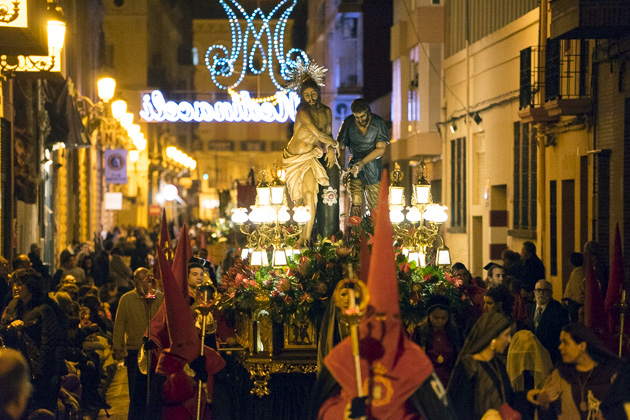
This year, we attended three of the many events which comprise the Semana Santa Marinera. The first, on Good Friday, is a short procession which starts at 9am. The neighborhood’s various brotherhoods walk toward the beach with their Crucified Jesus statues. Along the way, they’ll occasionally pause and wash the statues with cloths. It’s weird… like watching melancholy kids give ritual baths to their dolls… but the early morning light on the beach is beautiful, and the procession has a sleepy, dreamlike feeling.
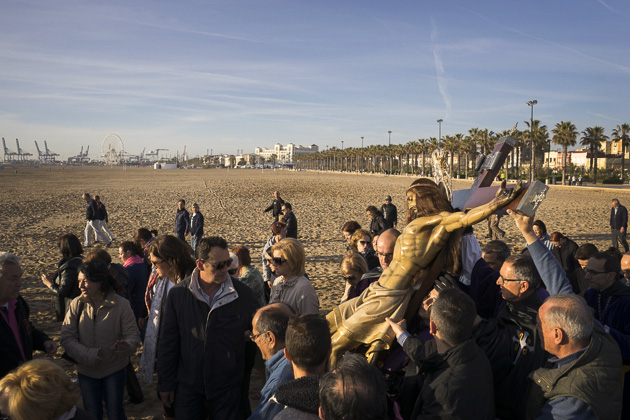
We returned to Cabanyal later the same evening for another procession. This one commemorates Jesus’s painful death upon the cross, so it’s not a lot of laughs. Dozens of brotherhoods march slowly down Calle de la Reina to the beat of a somber drum. They’re dressed in robes of different colors, all of which have pointy hoods — for those of us from the USA, it’s an unsettling sight. Rationally, I know that these Catholic brotherhoods have nothing to do with the Ku Klux Klan, but I’ll never be able to disassociate “pointy hood” from “racist evil,” so this parade always feels sinister. The sun has gone down, the mood is dark, there are statues of Jesus dragging his cross and being tortured, and then we have these slowly-advancing groups of menacing, hooded men.

Much happier is the parade on Easter Sunday, which celebrates Christ’s resurrection. The music is upbeat, and the brothers have removed their hoods, which they’re now carrying in their arms. The hoods represent sin, and so after Jesus has risen and forgiven humanity, they can be taken off. (Perhaps this is why the KKK never remove their hoods — they’ve got a lot of sin which can never be forgiven.)
Many of the people marching in the Easter Sunday parade are carrying flowers, which they’ll occasionally toss into the crowd. But if you want one, you have to work for it. Here’s the trick: find a woman who’s holding a flower, make eye contact with her, and scream “¡Guapa!” as loud as you can, right at her face. Go ahead, be aggressive about it. The unhinged girl next to us was a formidable flower-collector, screeching “¡guapa!” at the top of her lungs to every single person who passed by. People were tossing her flowers, just so that she’d finally shut her trap.


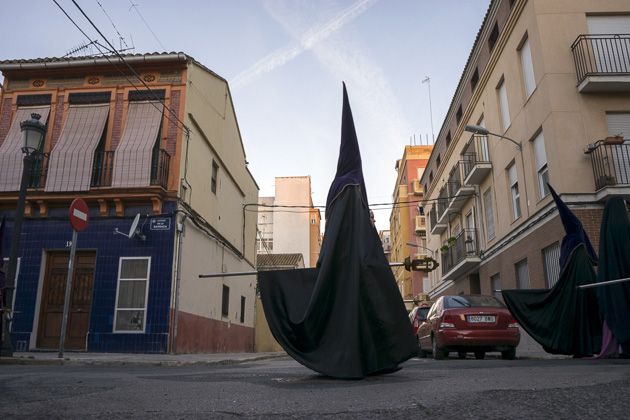
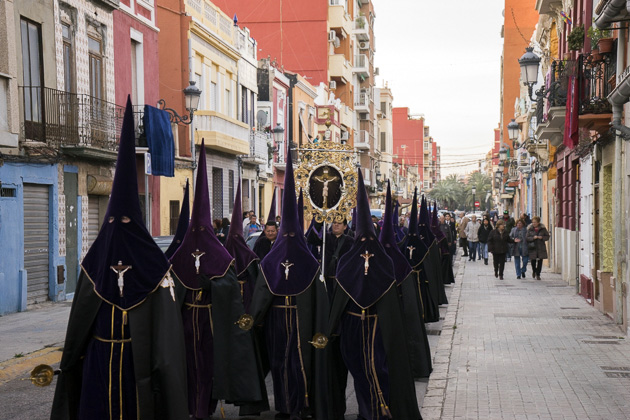
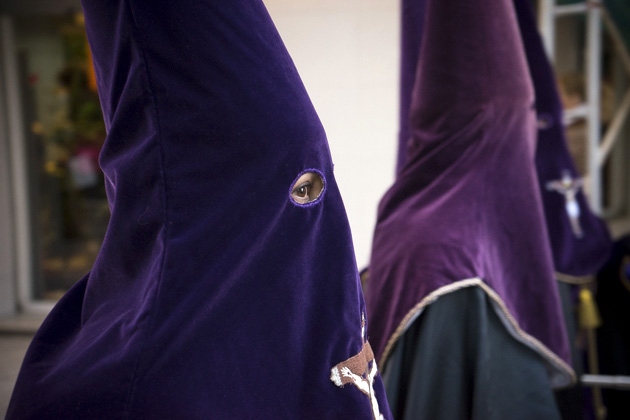
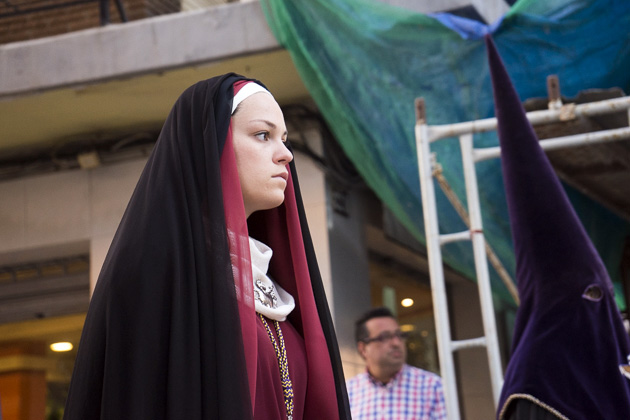

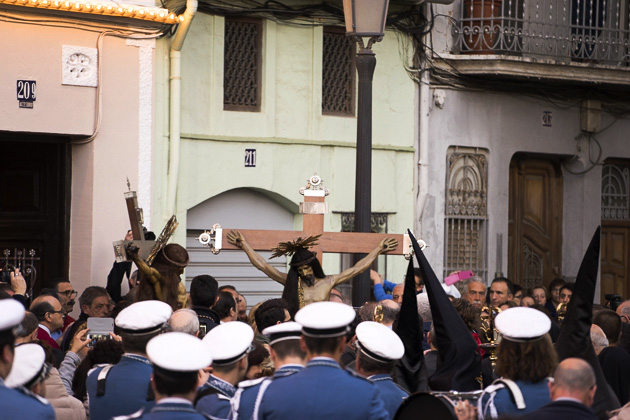
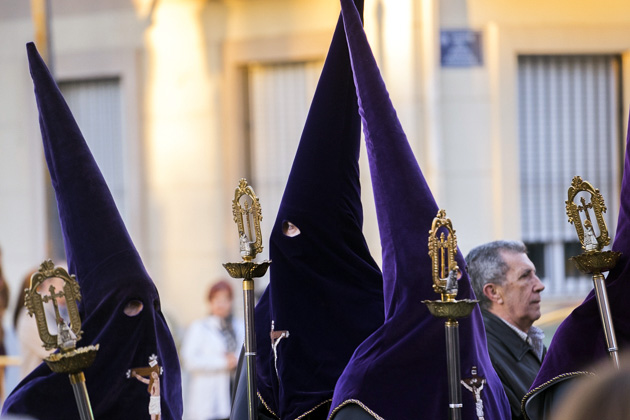
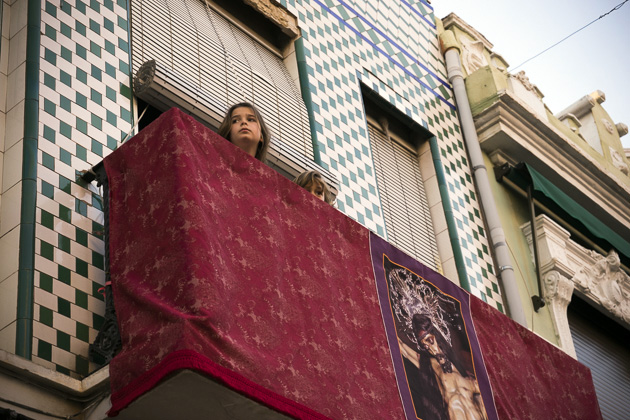
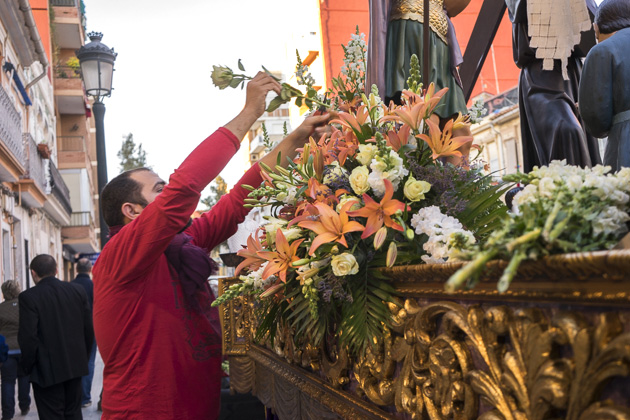
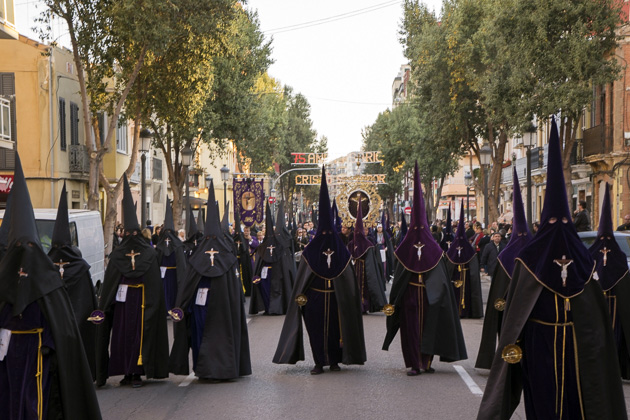
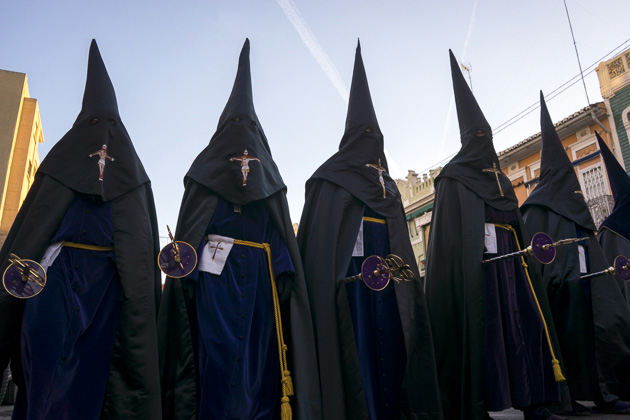
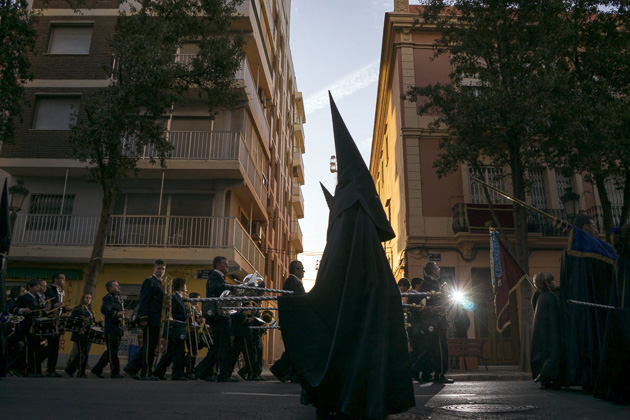
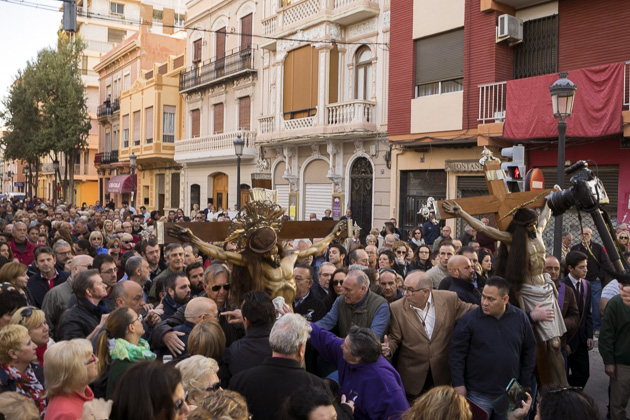
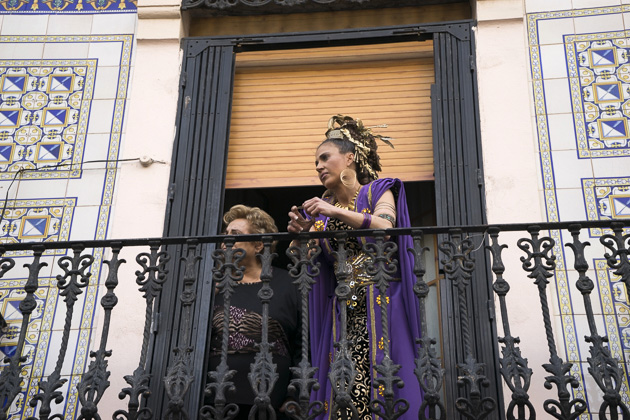
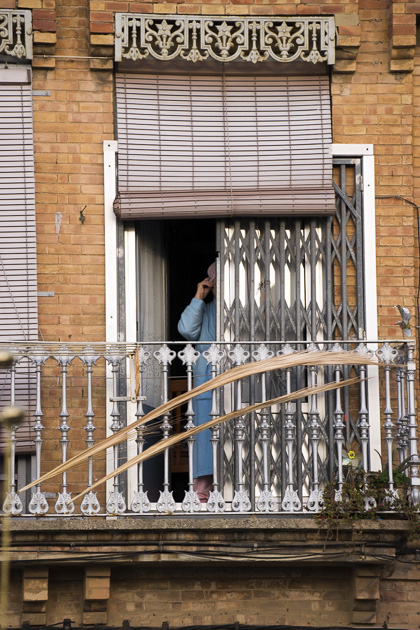
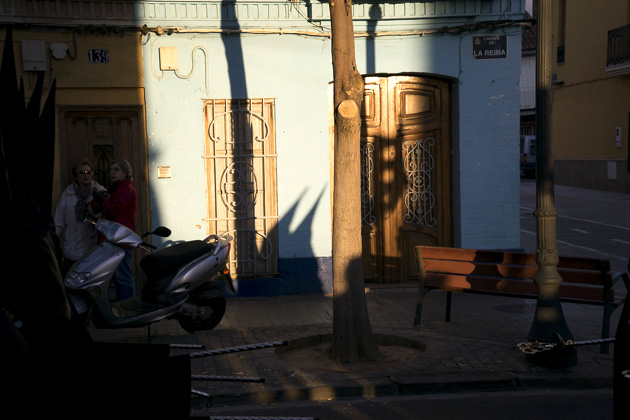
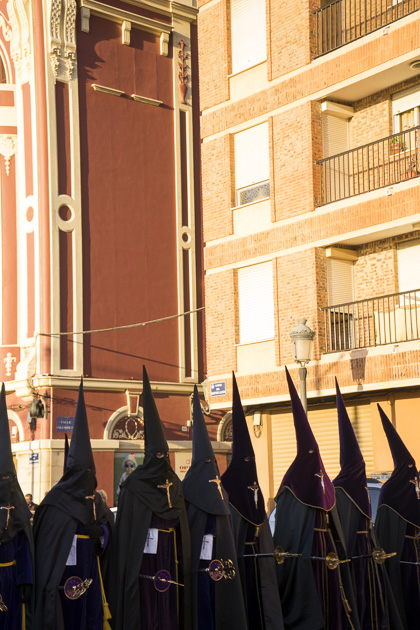
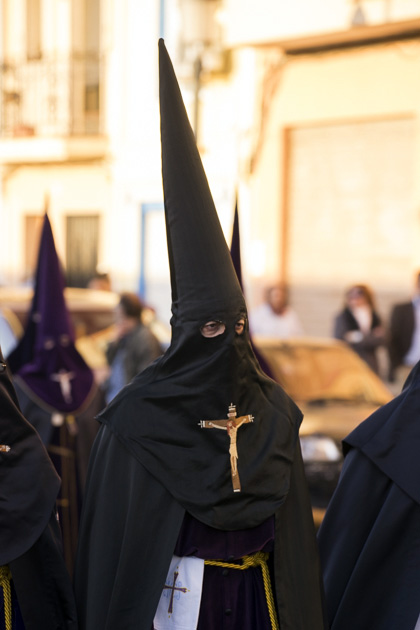
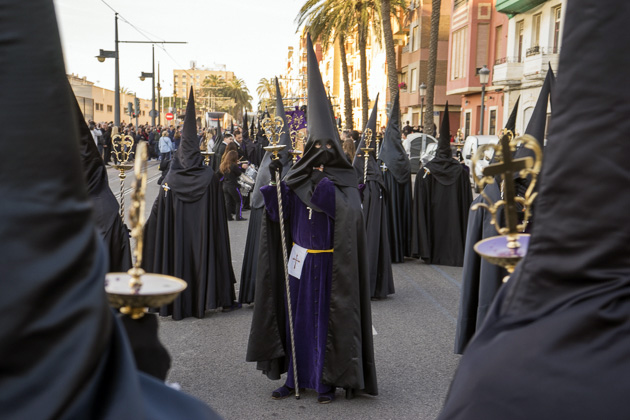
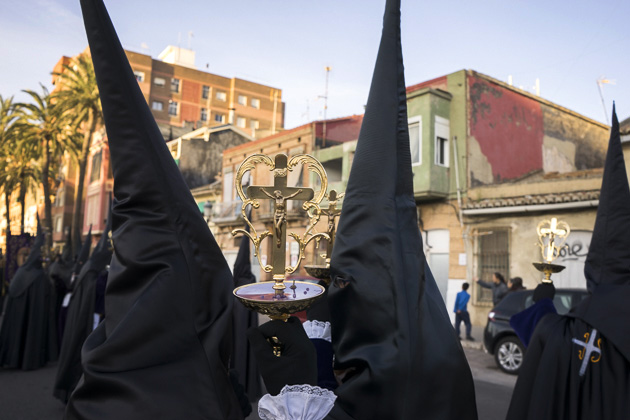
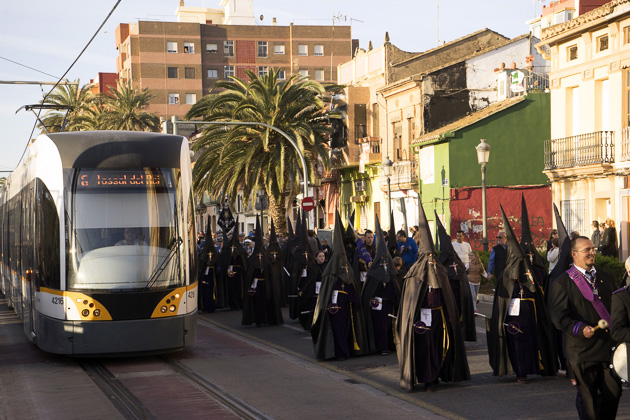

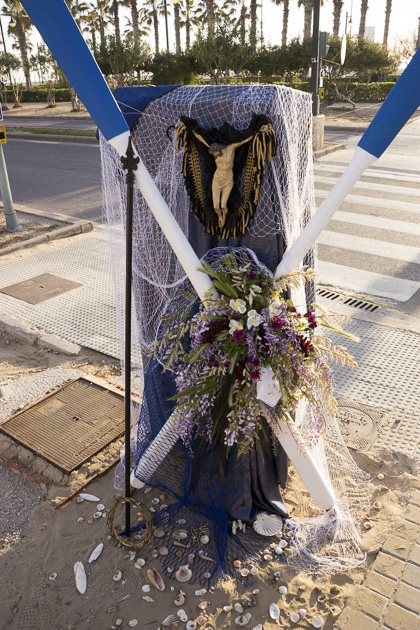

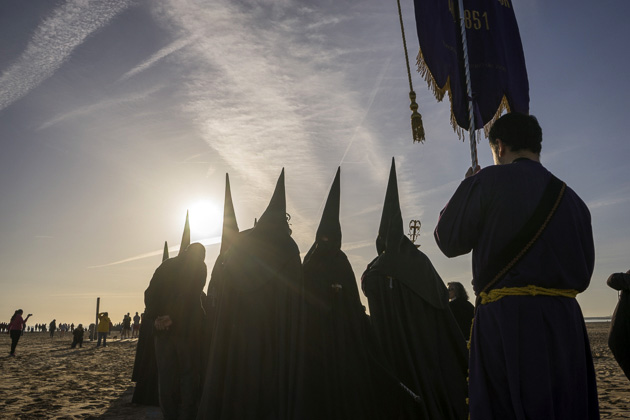
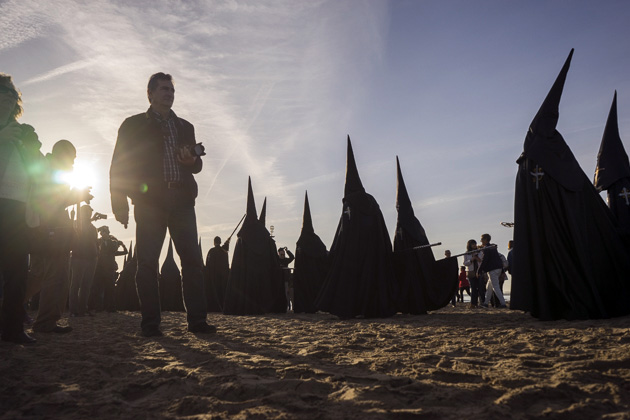
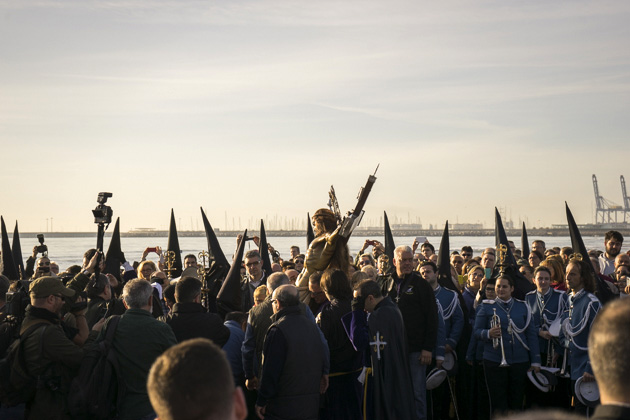
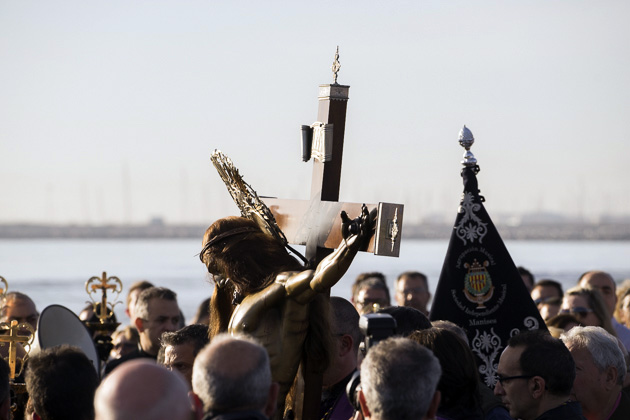

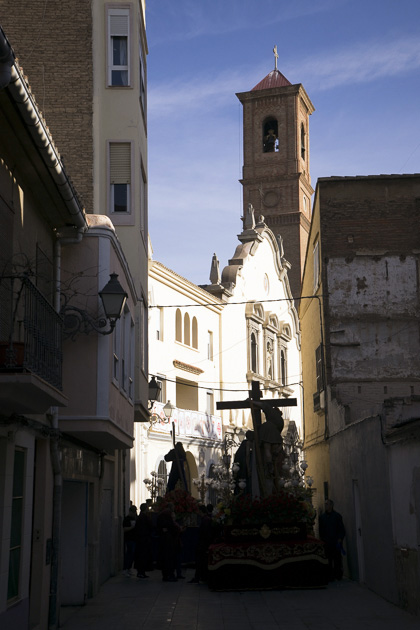

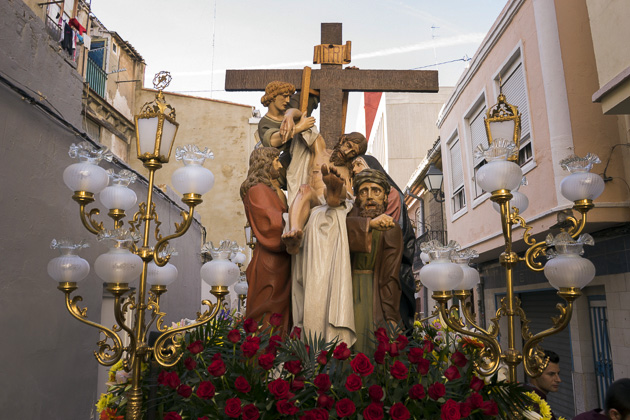
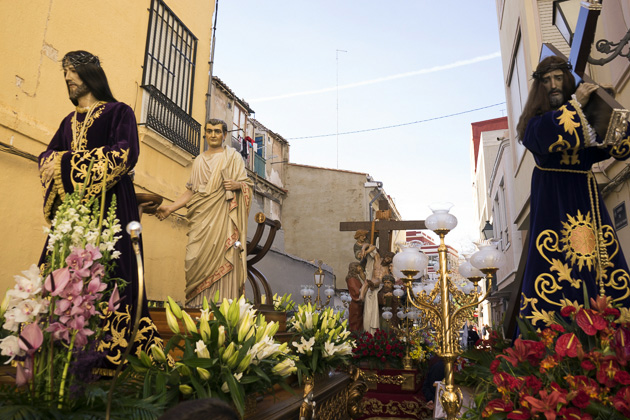
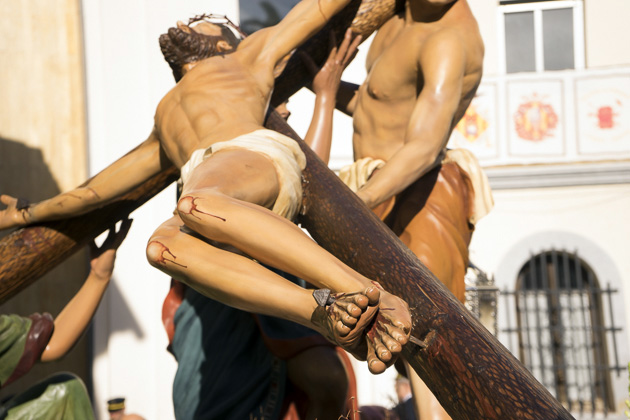
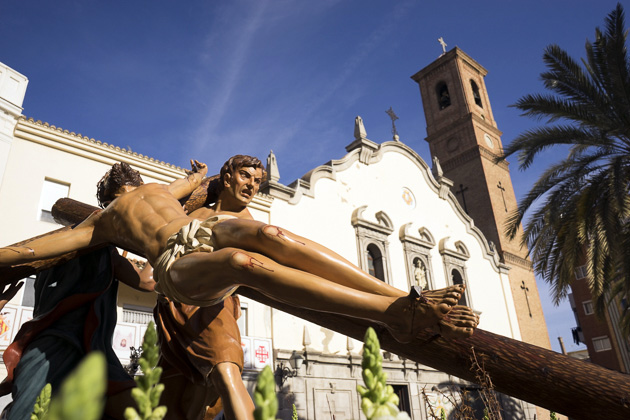
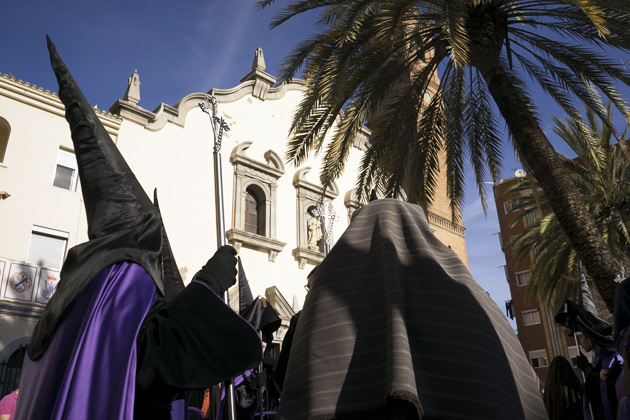
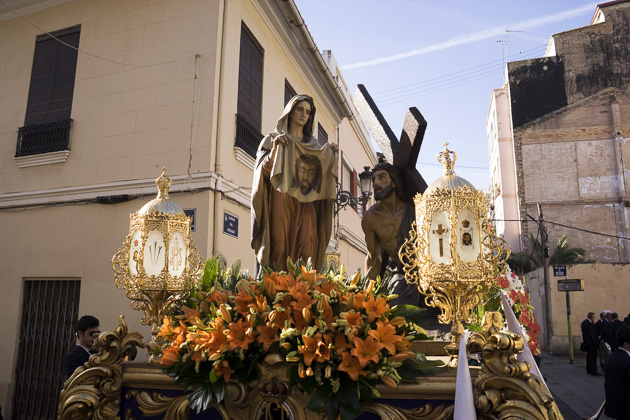

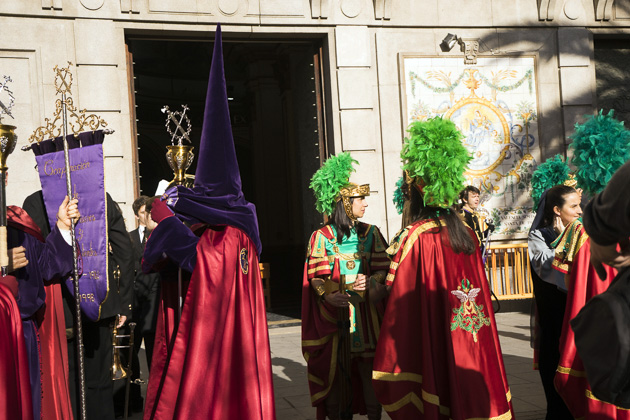
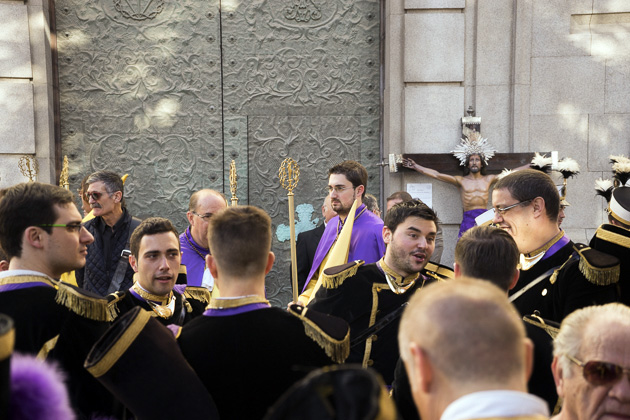
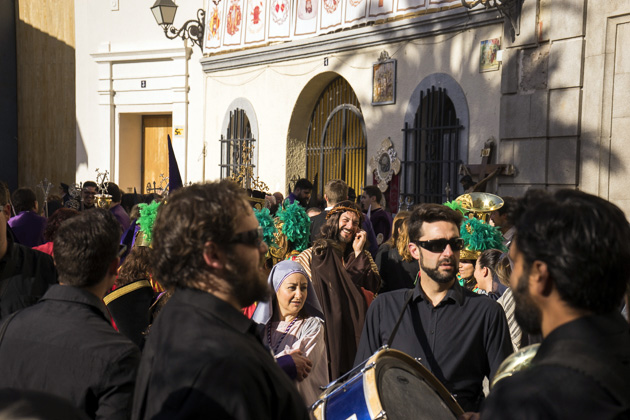
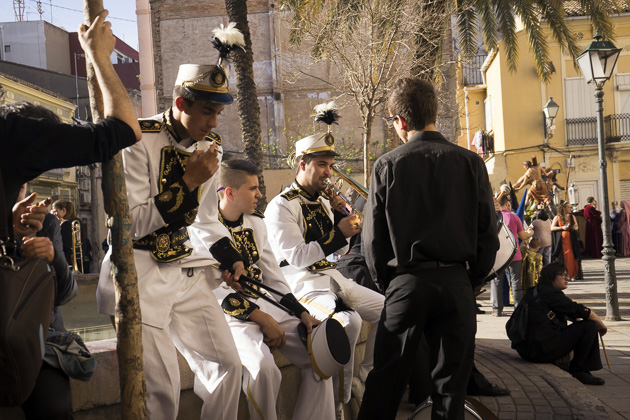
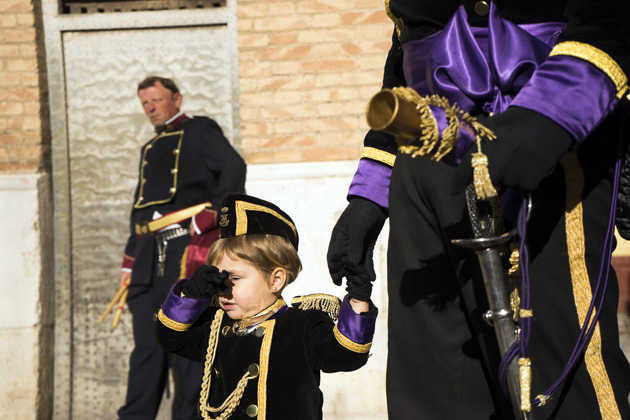
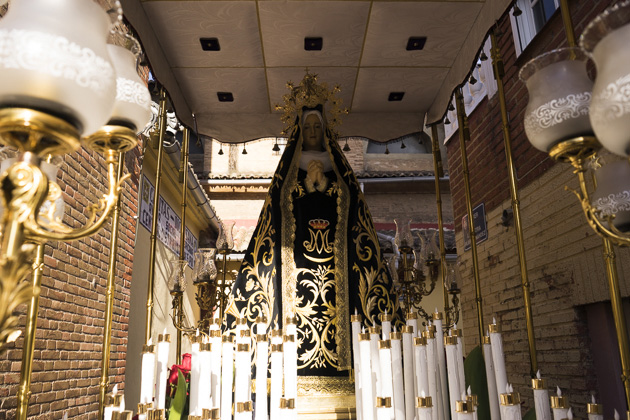
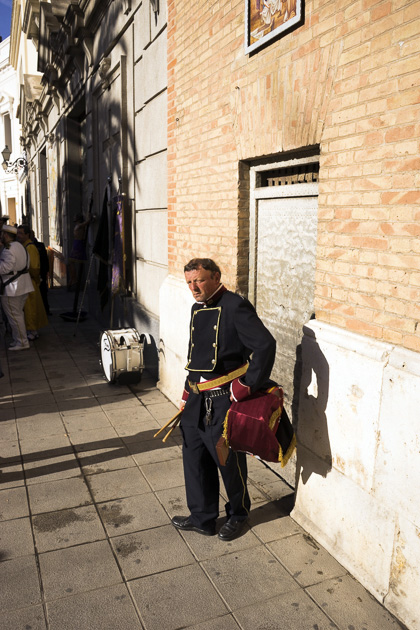
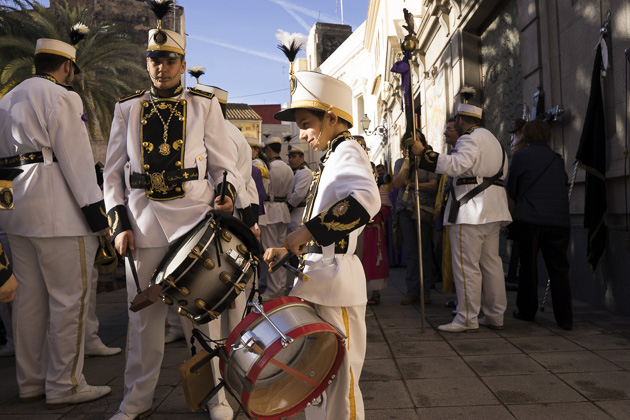
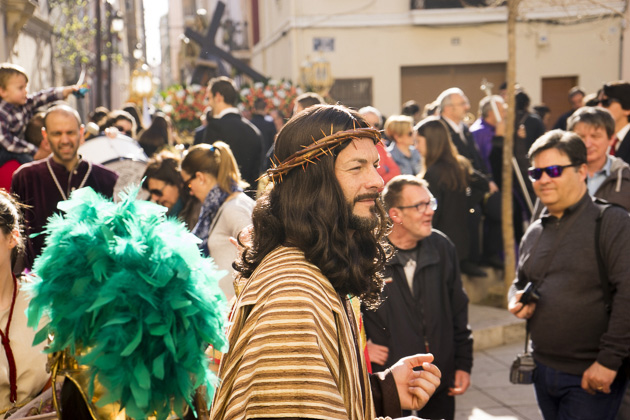
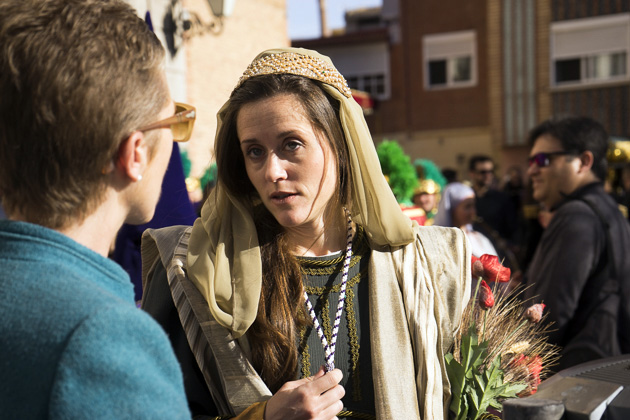
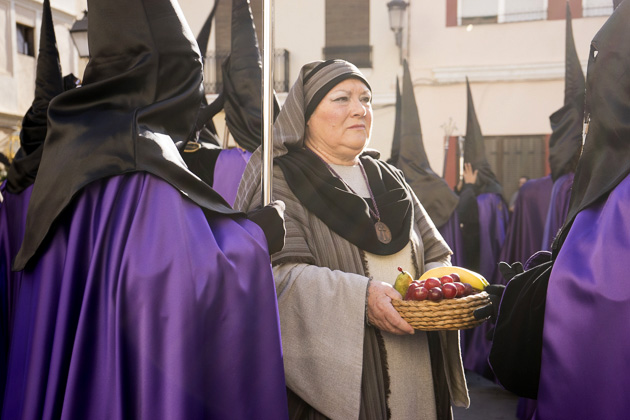
More Images from the Good Friday Evening Procession
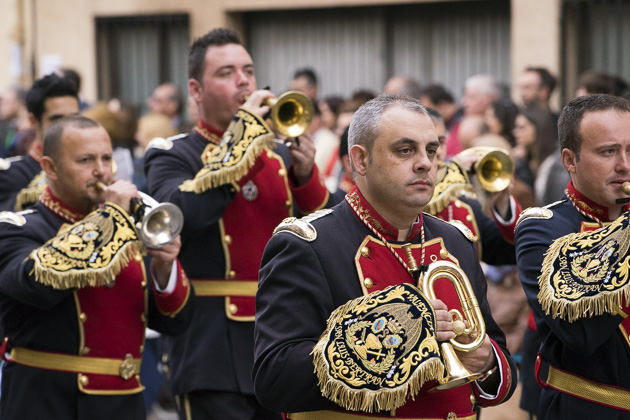
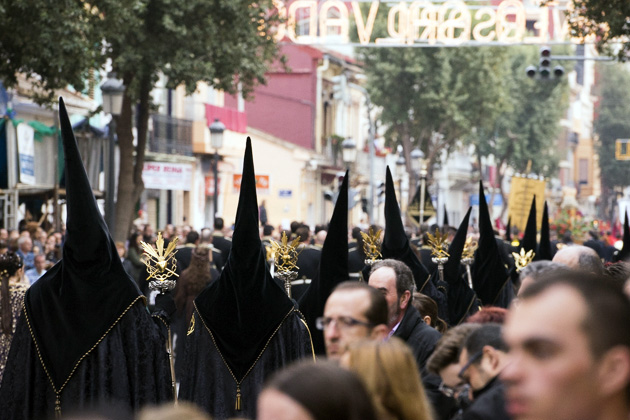
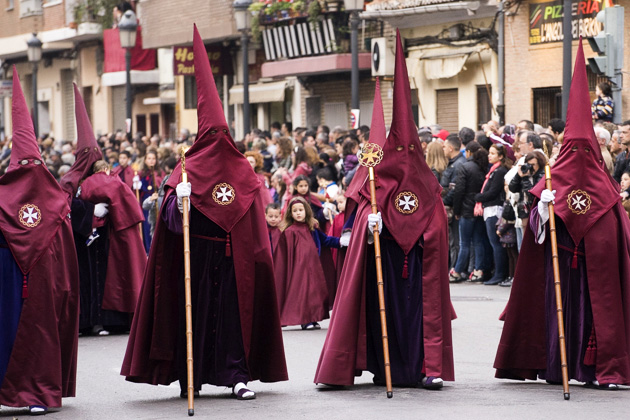
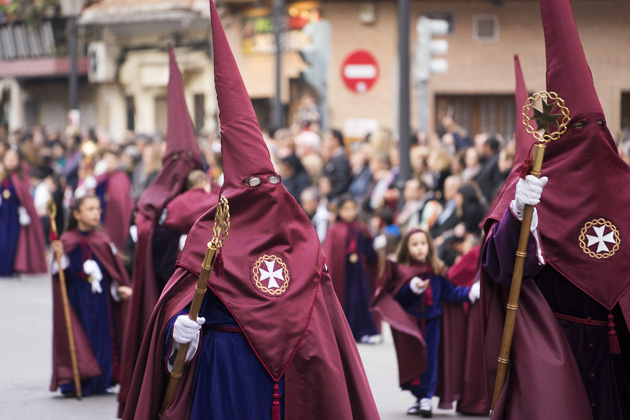

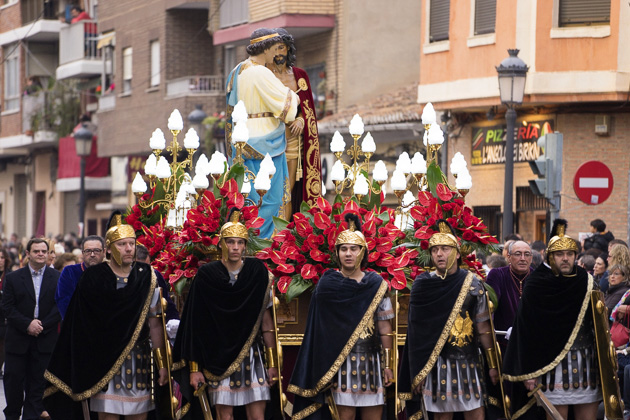
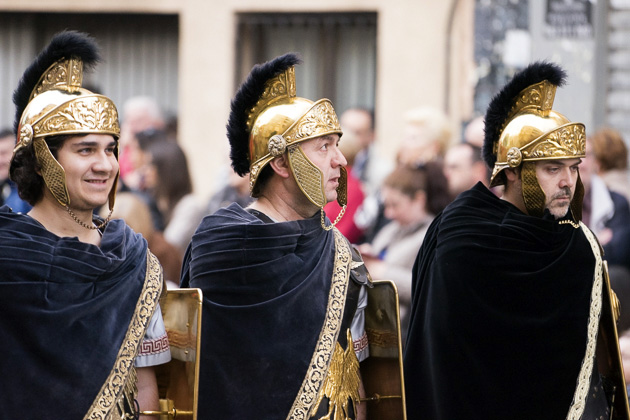
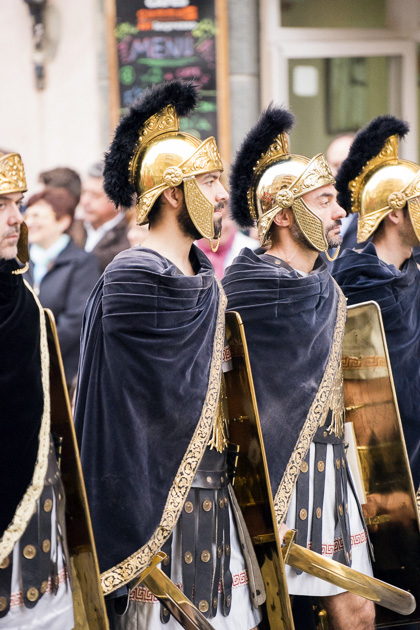

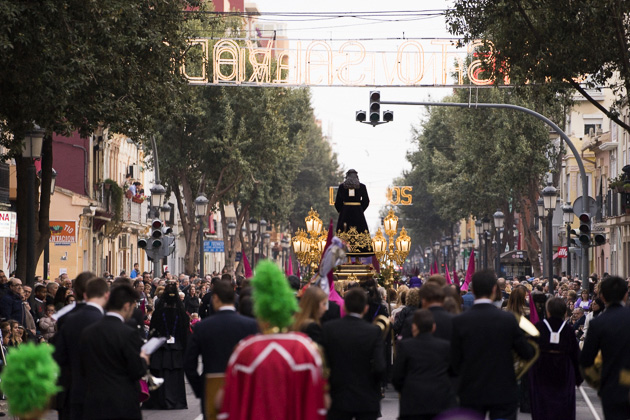

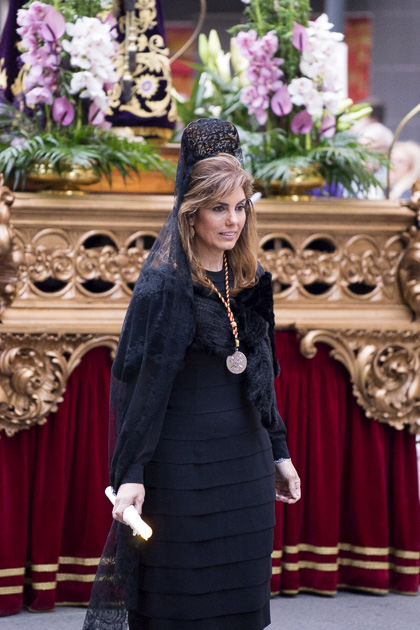
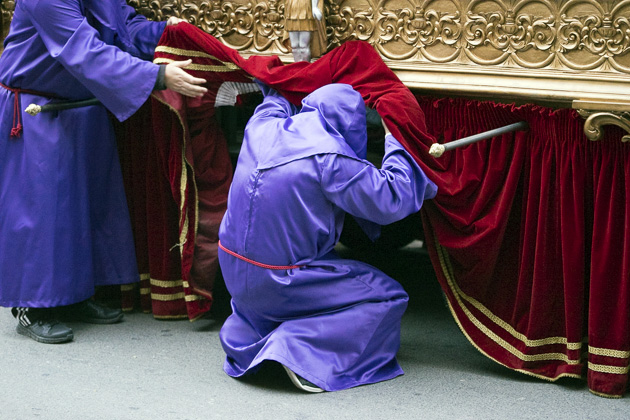
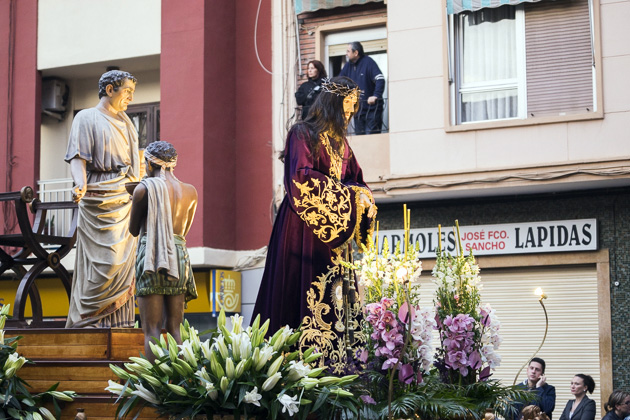
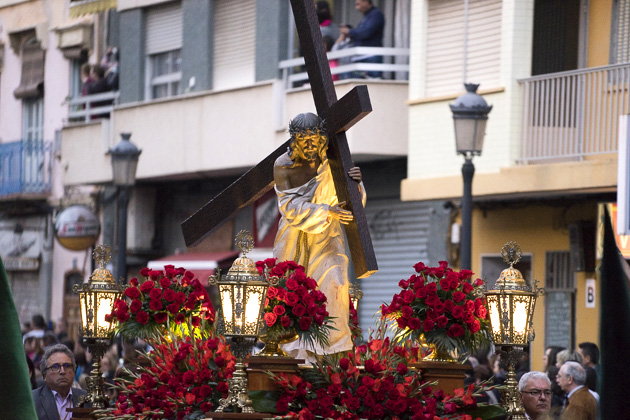

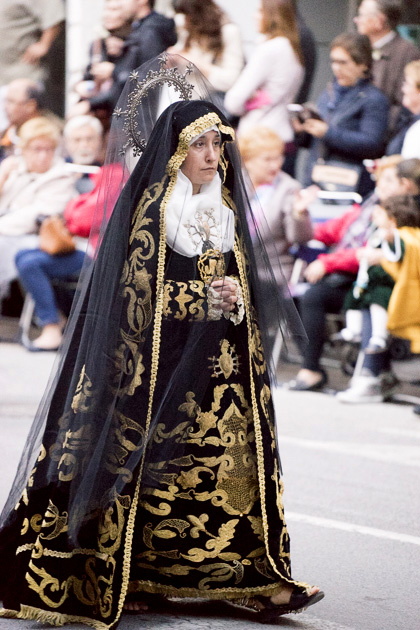
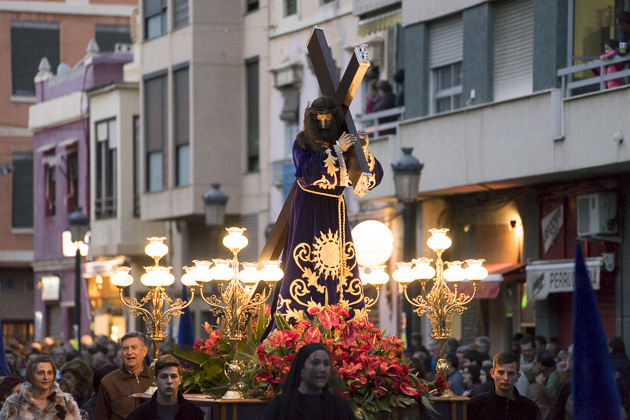
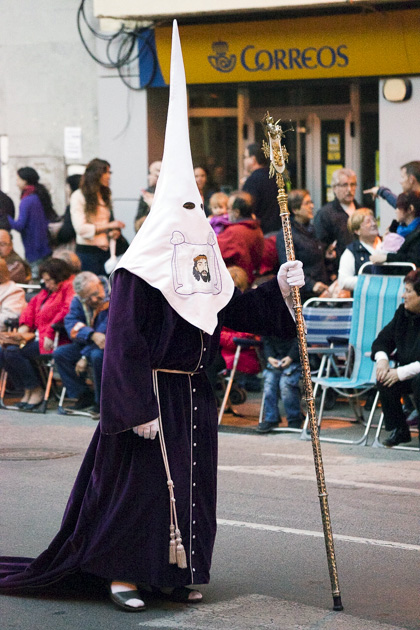
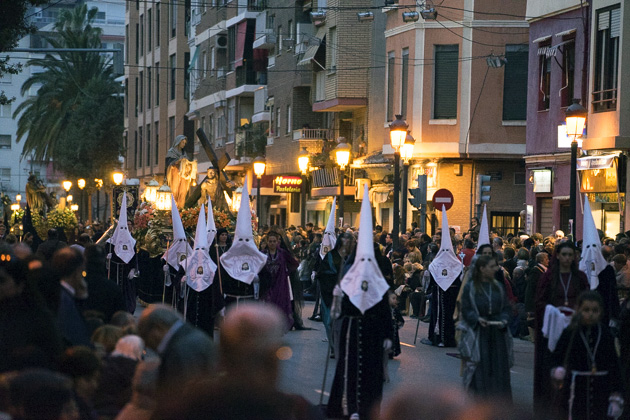
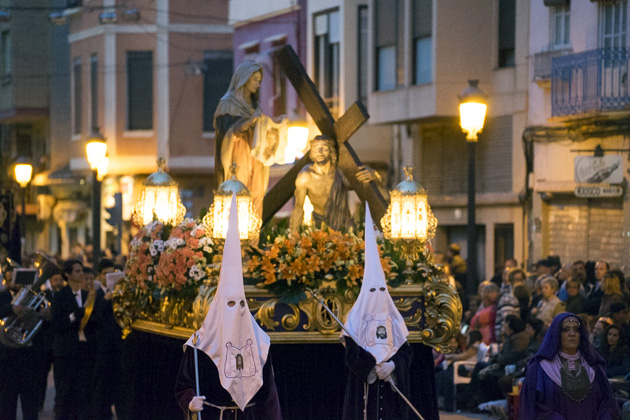
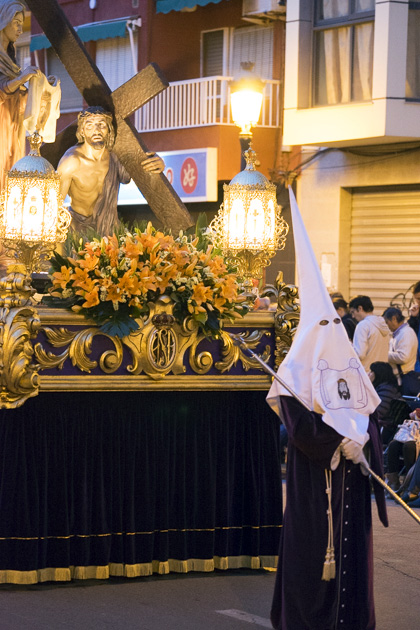
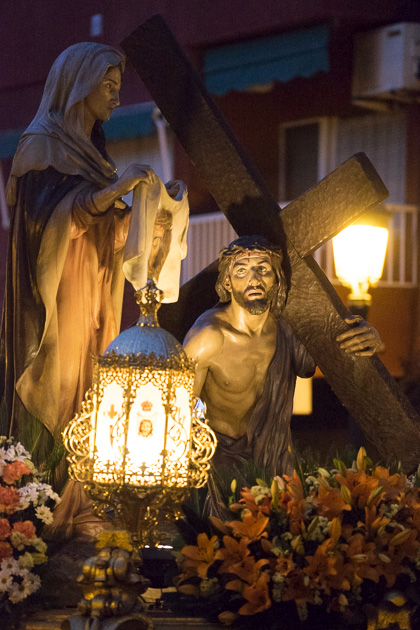

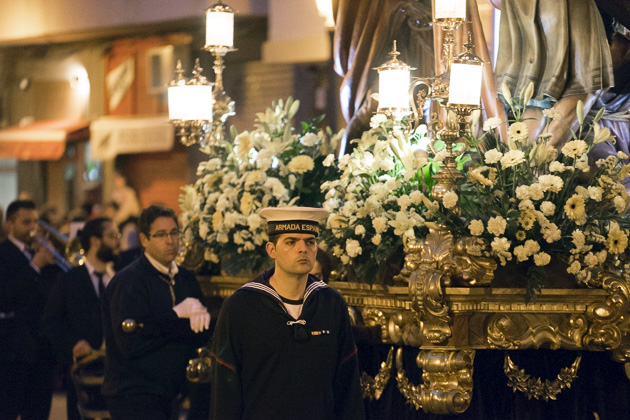
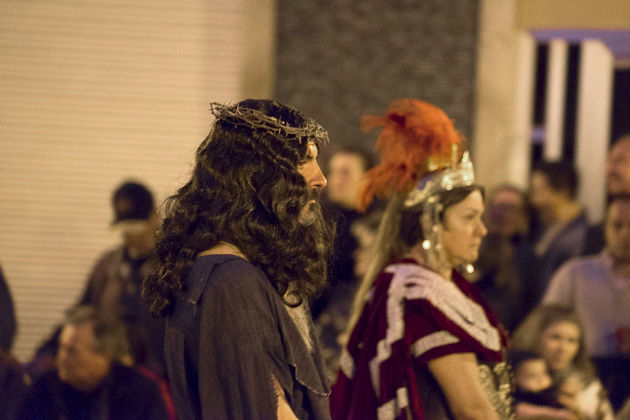
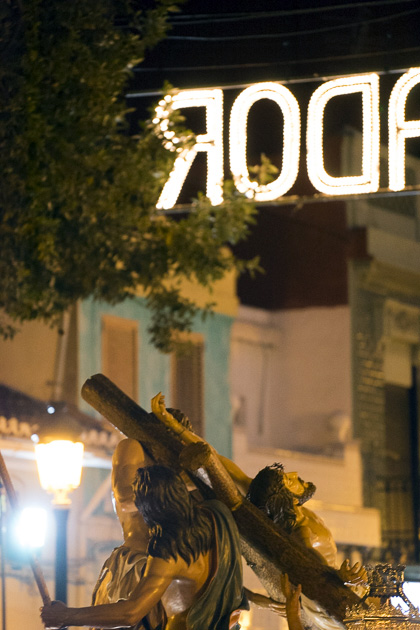
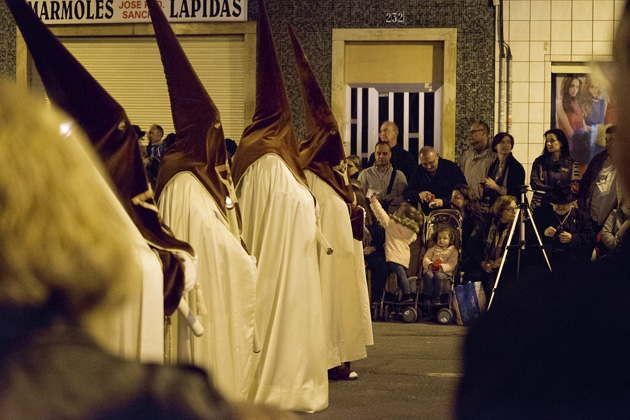
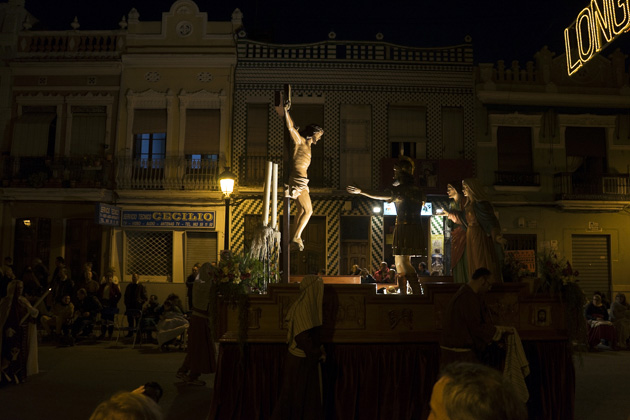

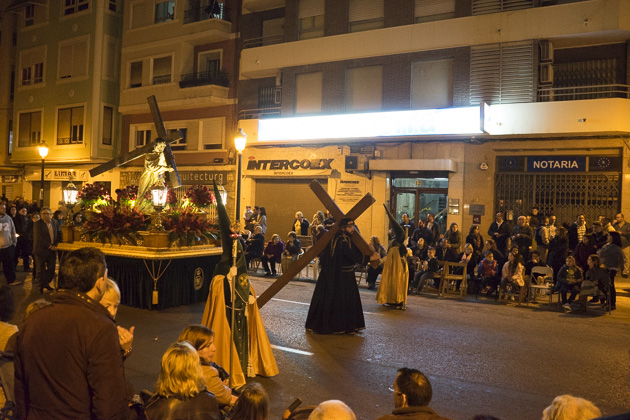
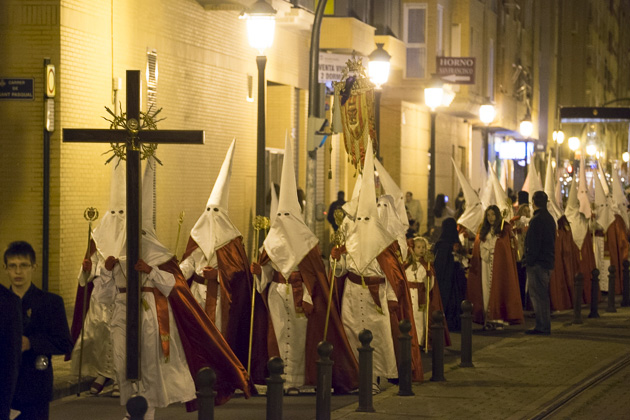
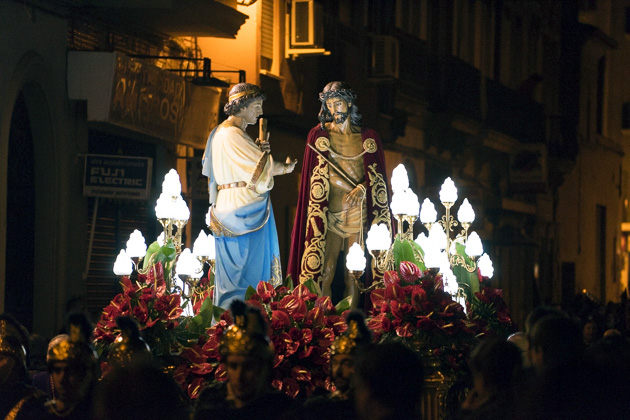
More Images from the Easter Sunday Procession
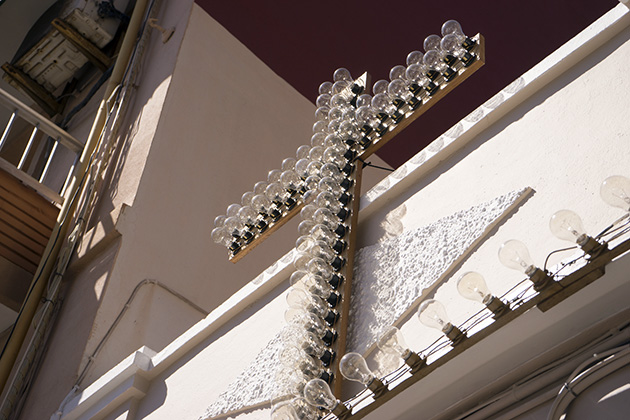
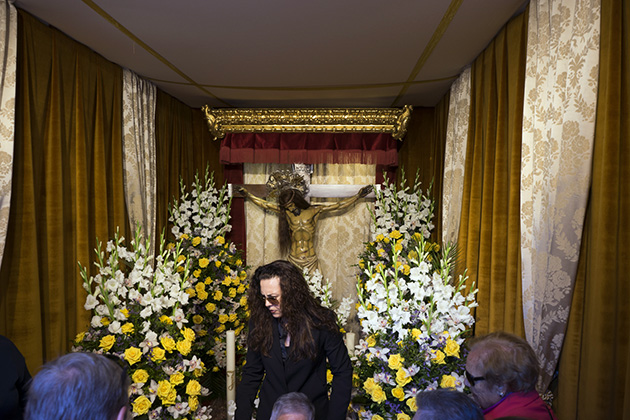

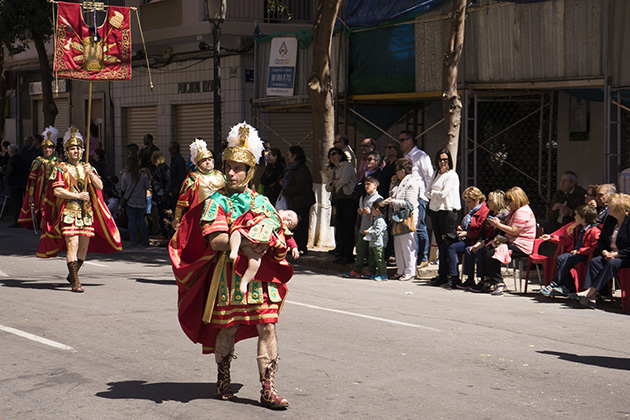
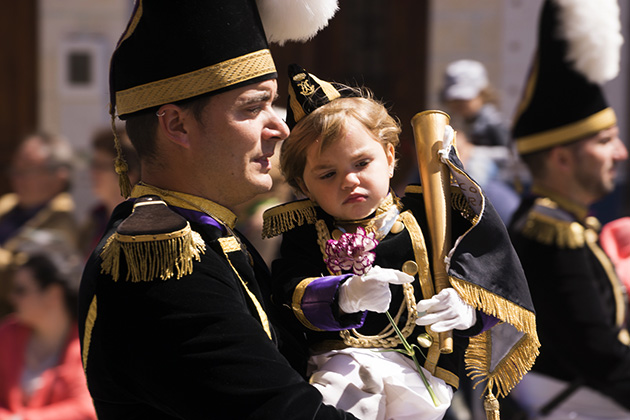
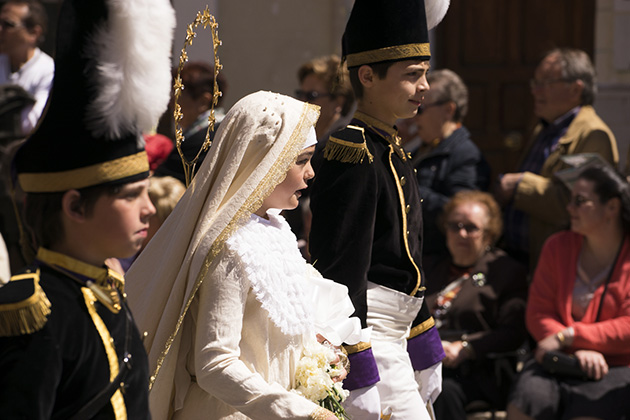
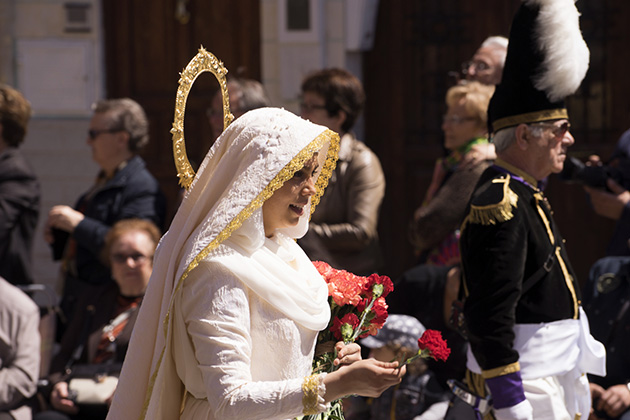

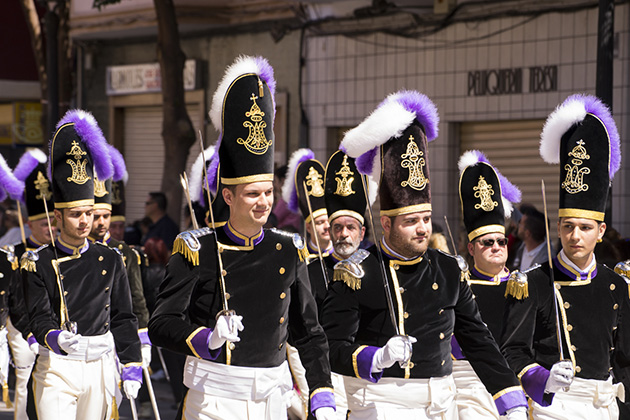
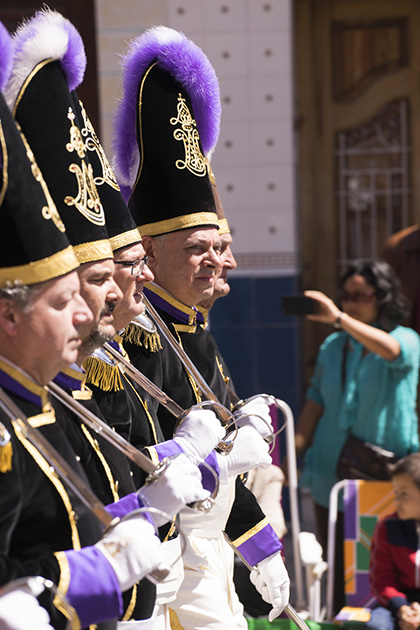
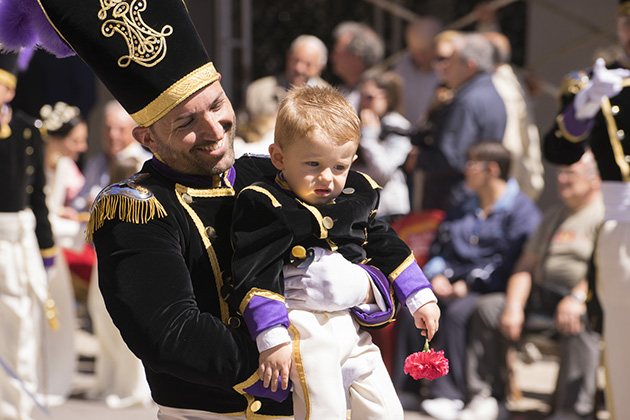
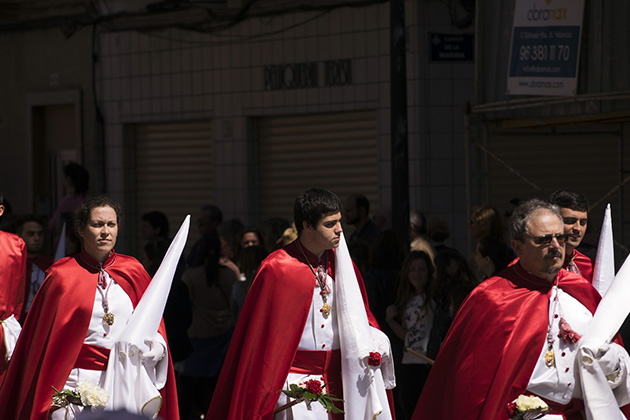
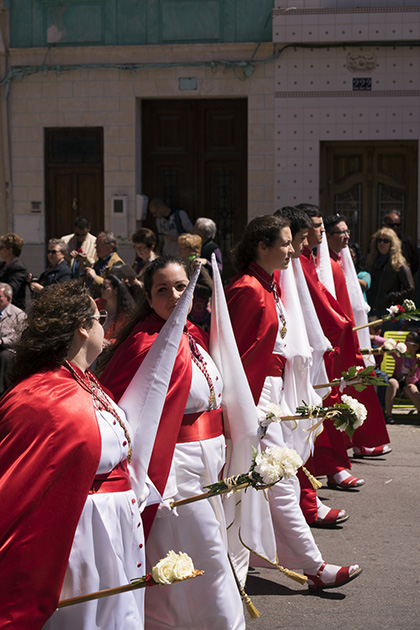
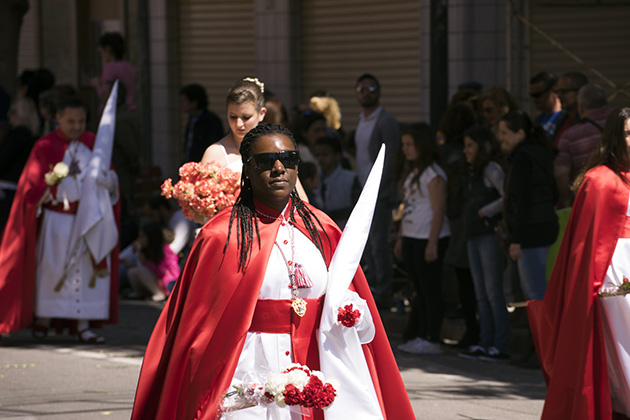
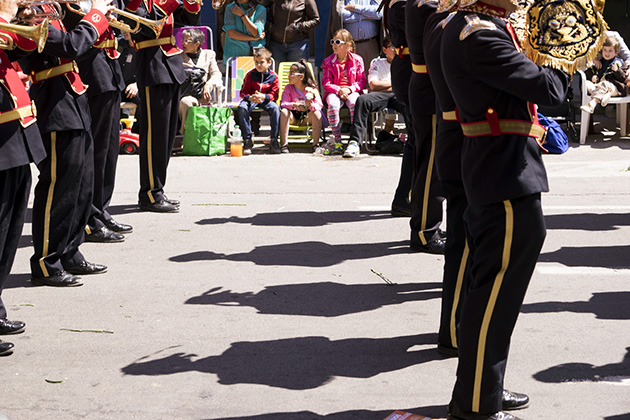
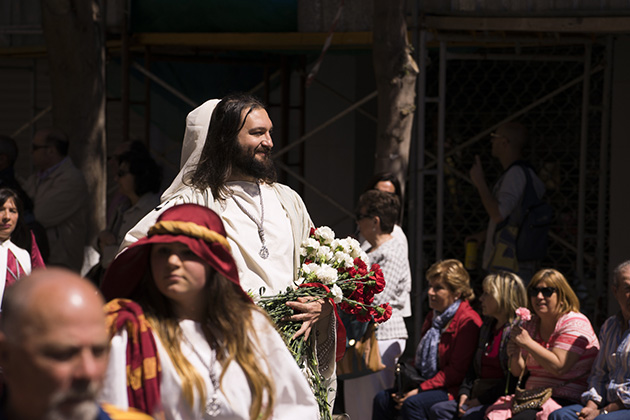
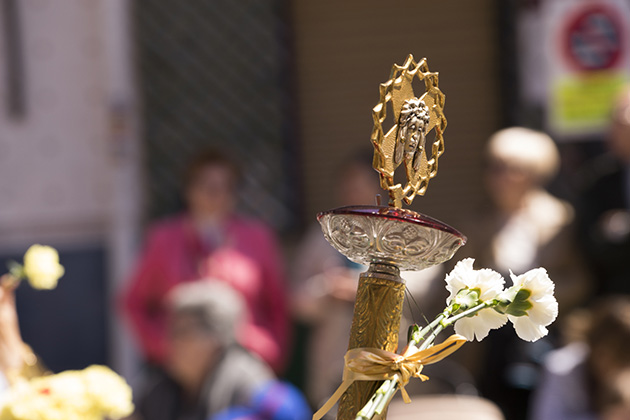
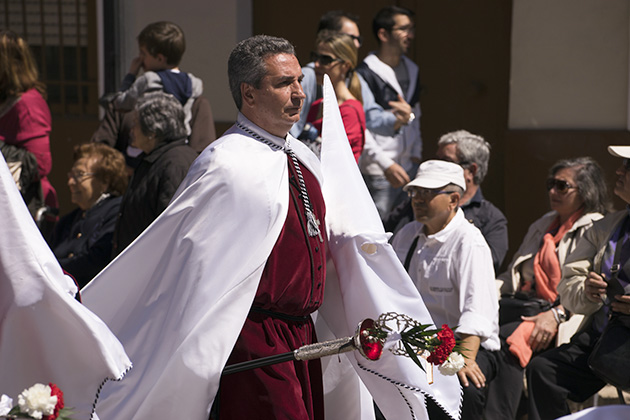
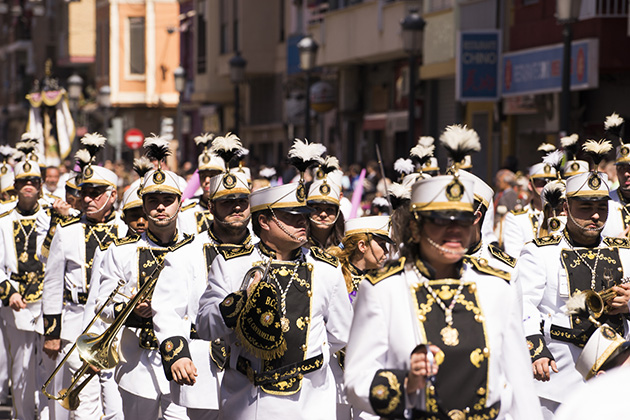
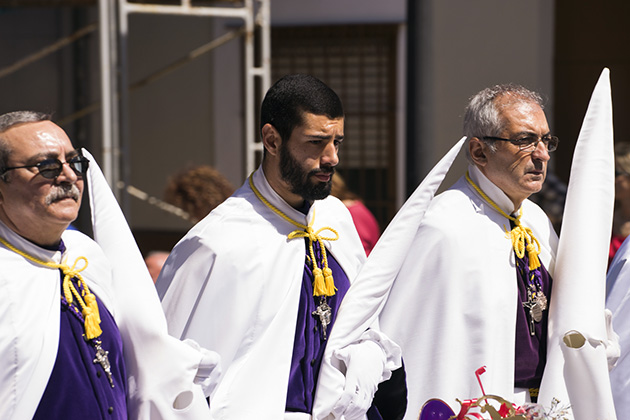
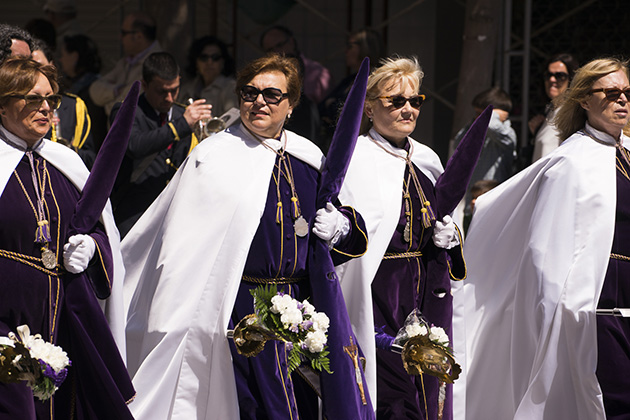
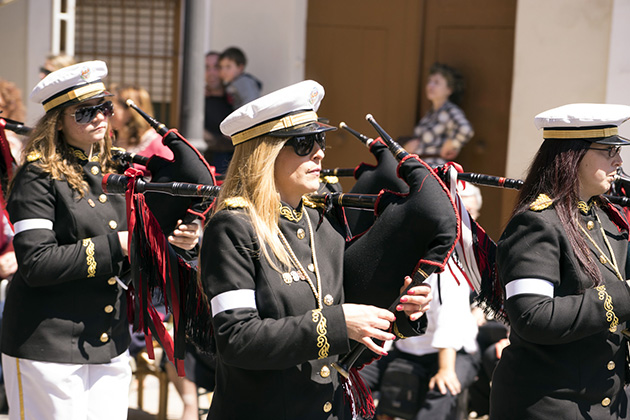
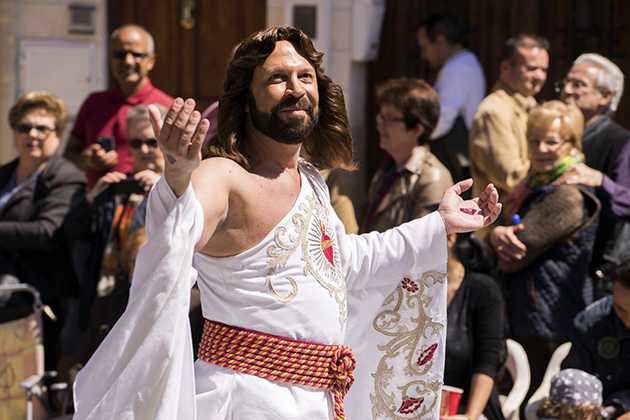
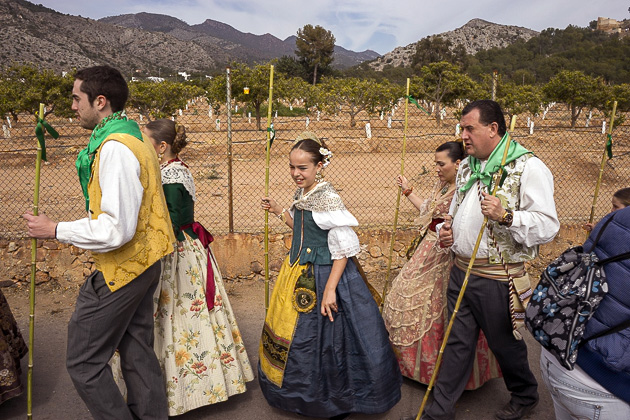
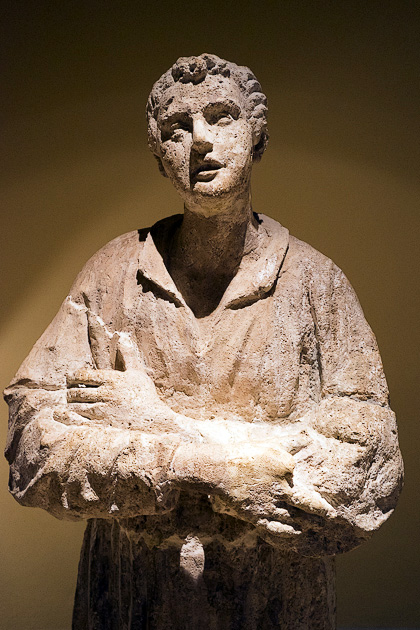
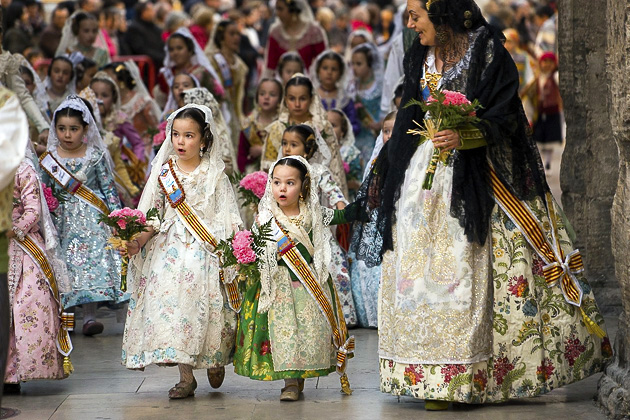

Pingback: Pictures from the Malvarossa Kite Festival | For 91 Days in Valencia – Travel Blog
The pointy hats and dresses of Spanish Semana Santa are much, much older than the KKK ones. Probably KKK copied their disguises from Spain.